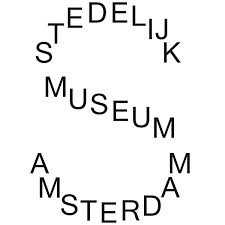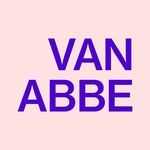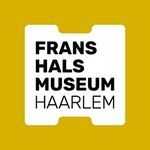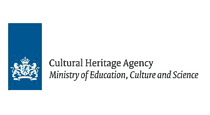Media Art on Wikipedia
Increasing the visibility of media art, together.
The project Media Art on Wikipedia aspires to shed brighter light on media artists, their works and their lives to make them more visible and accessible.
As initiator of this project, LI-MA convinced that literally anyone with a genuine interest or curiosity for this artform or art in general can join the project and contribute to more exposure for media art. Together with our project partners Wikimedia Nederland, Stedelijk Museum Amsterdam, Van Abbemuseum, Frans Hals Museum and the Cultural Heritage Agency of the Netherlands (Rijksdienst voor het Cultureel Erfgoed, RCE), we work towards achieving this goal. In addition, this project also provides the opportunity to make metadata accessible in a controlled way as linked open data – which means that media art content can be found and shared more easily.
The aim
There is a substantial number of valuable media artworks in important national collections that we could describe as hidden gems, as they are not yet known by the larger public. The project partners want to bring a positive change to this status quo and teamed up with Wikimedia Netherlands to get these artists and their works on Wikipedia, the world's most popular online encyclopaedia, used across generations.
At the start of the project in 2021, from the 900 artists in collection here in the Netherlands, 500 were not listed in Wikipedia. The project partners took this figure and set it as a common quantitative goal: in the course of the project they strive to achieve the publication of 500 Wikipedia articles on media artists represented in the collections of the Stedelijk Museum Amsterdam, the RCE, the Van Abbemuseum, the Frans Hals Museum and LI-MA.
Click the links below to read Wikipedia articles about media artworks written during the project. View the full list of all the pages that have been written during the project here.
Writing sessions
To achieve this quantitative goal, the project partners, together with LI-MA, university partners and other supporting organisations, host regular writing sessions. Each session is accompanied by a savvy Wikimedian who shows the participants the ins and outs of writing for Wikipedia. There are two kinds of writing sessions – ones that are carried out in cooperation with universities and free public writing sessions where everyone is welcome, whether they have previous experience with Wikipedia or not.

Writing Session at the RCE. Photo by Adlinda van Wely
The Van Abbemuseum is organising sessions throughout the duration of the project in collaboration with Master’s students from Utrecht University and the Open University, which have included the assignment in their curriculums. The Stedelijk Museum Amsterdam works with the Vrije Universiteit Amsterdam, taking artists and works from their Time-based Media collection as a starting point. The RCE works with students from Leiden University and regularly organises writing workshops for her own employees.
The public writing sessions organised between LI-MA and partners take place across The Netherlands. These sessions vary from cooperations with art galleries, such as Upstream Gallery in Amsterdam, art centres including Rozet in Arnhem and organisations like Atria and IHLIA hosting a Wikifriday session to enable participants to describe more women-related and/or LGBTQI topics on Wikipedia. Together with RCE, we are organising regular public sessions throughout the duration of the project.
Yvonne Oerlemans - Metamorphesis in Nature, 1992. One of the artists that was written about during the RCE writing sessions.
Media Art Blog & Calendar
In addition to the writing sessions, we created an editorial space to share the stories behind the media artists and their works: a Media Art Blog launched at the beginning of 2023. With the help of guest curators and journalists to interview and feature artists, we have shared relevant articles, podcasts and an event calendar.
Our Blog is linked to the professional media art catalogue, holding the complete media art collections of the project partners. This connection allows visitors to watch media art content on demand and feeds the goal of the project to give more visibility to media artists and their works.
The opportunity to collect open data
To guarantee a solid representation of media artists and their work on Wikipedia, entering data into Wikidata is of great importance. Wikidata is the reference database under Wikipedia. To be able to enter the data in a sustainable and correct way, we work with Hanno Lans, who is specialised in data throughout the project. By doing so, we seize the unique opportunity to make controlled metadata accessible online as linked open data, which contributes to increasing the visibility of the collections.
Various national and international knowledge partners are involved in this process, including NDE (Dutch Network Digital Heritage), DEN (Dutch knowledge institute culture & digital transformation), ZKM (Zentrum für Kunst und Medien, Karlsruhe, Germany), Meemoo (formerly PACKED, Belgium) and IFFR.
In the course of this process we noticed that a new, media art-specific data model did not yet exist in Wikidata, as this art form is relatively ‘young’ and there is no common standardised way of referencing media art. In partnership with ZKM, we therefore began to develop a new data model to insert metadata of media artworks into Wikidata.
This project was is possible by Mondriaan Fonds and PICA.

















